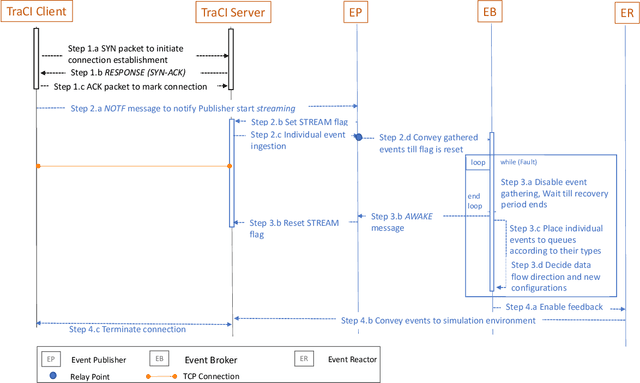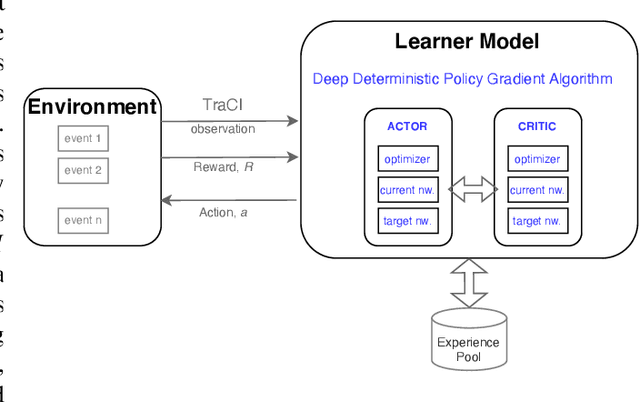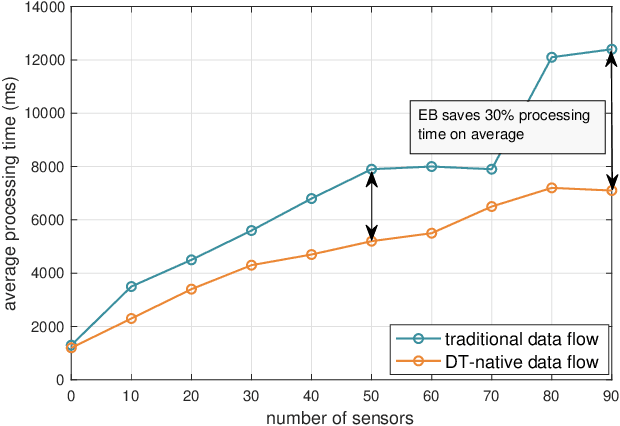Kubra Duran
AI in Energy Digital Twining: A Reinforcement Learning-based Adaptive Digital Twin Model for Green Cities
Jan 28, 2024Abstract:Digital Twins (DT) have become crucial to achieve sustainable and effective smart urban solutions. However, current DT modelling techniques cannot support the dynamicity of these smart city environments. This is caused by the lack of right-time data capturing in traditional approaches, resulting in inaccurate modelling and high resource and energy consumption challenges. To fill this gap, we explore spatiotemporal graphs and propose the Reinforcement Learning-based Adaptive Twining (RL-AT) mechanism with Deep Q Networks (DQN). By doing so, our study contributes to advancing Green Cities and showcases tangible benefits in accuracy, synchronisation, resource optimization, and energy efficiency. As a result, we note the spatiotemporal graphs are able to offer a consistent accuracy and 55% higher querying performance when implemented using graph databases. In addition, our model demonstrates right-time data capturing with 20% lower overhead and 25% lower energy consumption.
Digital Twin-Native AI-Driven Service Architecture for Industrial Networks
Nov 24, 2023



Abstract:The dramatic increase in the connectivity demand results in an excessive amount of Internet of Things (IoT) sensors. To meet the management needs of these large-scale networks, such as accurate monitoring and learning capabilities, Digital Twin (DT) is the key enabler. However, current attempts regarding DT implementations remain insufficient due to the perpetual connectivity requirements of IoT networks. Furthermore, the sensor data streaming in IoT networks cause higher processing time than traditional methods. In addition to these, the current intelligent mechanisms cannot perform well due to the spatiotemporal changes in the implemented IoT network scenario. To handle these challenges, we propose a DT-native AI-driven service architecture in support of the concept of IoT networks. Within the proposed DT-native architecture, we implement a TCP-based data flow pipeline and a Reinforcement Learning (RL)-based learner model. We apply the proposed architecture to one of the broad concepts of IoT networks, the Internet of Vehicles (IoV). We measure the efficiency of our proposed architecture and note ~30% processing time-saving thanks to the TCP-based data flow pipeline. Moreover, we test the performance of the learner model by applying several learning rate combinations for actor and critic networks and highlight the most successive model.
 Add to Chrome
Add to Chrome Add to Firefox
Add to Firefox Add to Edge
Add to Edge